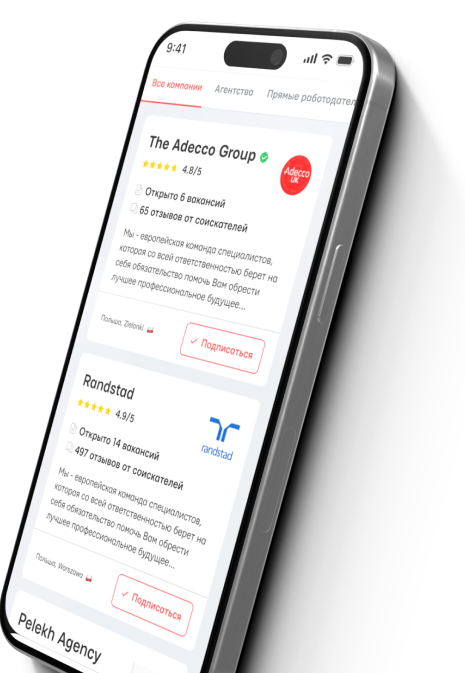What is an option in simple terms.


Financial market instruments are designed so that everyone can earn. However, not all instruments are simple and immediately understandable. For instance, what binary options are is important for every investor to know. In simple terms, it is an instrument suitable for investments. It also helps manage risks.
Moreover, what options on the stock exchange are should be known by all beginners. It's essential to study not only what it is (the term) but also how it works (the process).
What do you need to know about options?

An option is a financial instrument that opens up new opportunities for investors. Despite its apparent complexity, the essence of an option is quite simple and beneficial for those who actively work with financial assets. Understanding how options on stocks work is especially important for investors wishing to diversify their strategies.
First, it's worth understanding what an option actually represents. It is a contract that provides certain rights but does not impose obligations. Its primary purpose is to allow the buyer to purchase or sell an asset (stocks, commodities, currencies) at a predetermined price in the future. The transaction price is fixed at the Time the contract is concluded.

An option can be compared to financial "insurance": it helps protect against sharp market fluctuations. For example, a buyer locks in a favorable price for an asset in advance, safeguarding against cost increases. Here’s what it entails:
-
Types of options by right type. Options are divided into two types. A call option grants the right to acquire an asset. This instrument is advantageous if an increase in the asset's price is anticipated. Conversely, a put option allows selling an asset at a fixed price, which becomes useful in a falling market.
-
Types of options by execution method. Options are also classified by their execution method. A European option can only be exercised on the expiration date, while an American option can be exercised at any time before that date.
Let’s consider a practical situation: you want to purchase an apartment in six months, but prices in the market may rise. By entering into a contract, you lock in the current price. If the property value increases over six months, you buy it at the previous price. However, if the value decreases, you can refuse the deal, losing only the cost of the option. In this way, both parties protect their interests.

To better understand options, it's helpful to know their terminology:
-
The central element is the so-called asset. This is the object to which the option relates (stocks, currencies, commodities).
-
There must also be a fixed price. This means that at the time of purchase, the price remains the same as on the day of signing this peculiar agreement.
-
Premium is the payment for the right. This means that the buyer pays for the option’s existence. If they later do not purchase the asset, the seller loses nothing.
-
Expiration date: the last day when one can exercise the rights of the option.
It is also important to mention the significant differences in agreements. Options exist in various types based on purpose and conditions. They are often used for hedging risks, speculation, or locking in asset prices.
Options allow for working with various market scenarios:
-
Call option. Usually, this refers to the stocks of companies that frequently increase in value. This occurs over relatively short periods. One can purchase options on these stocks and then sell them at a higher price, as the likelihood is that the price will increase, thereby allowing one to make good profits from the price difference.
-
Put option. This is the reverse situation when there are signs that assets will decrease in value. This is also in the short-term perspective. Therefore, one can sell options on stocks while prices are still manageable. This option is quite profitable.
Thus, options represent a flexible tool for managing risks and increasing profitability.
What are the advantages of options?

This instrument has significant advantages, which is why it gained popularity. Here’s what it entails:
-
Minimal or limited losses. The client only loses the premium if the option is not utilized.
-
A high likelihood of making a profit. This method is particularly effective for speculative strategies.
-
Considerable flexibility, allowing adaptation to personal goals – hedging or speculation.
However, this process also has its risks. Here’s what it entails:
-
The premium itself. If the market does not change, the client loses the amount paid for the option.
-
The entire process is quite complex. Options require an in-depth understanding of the market.
-
Volatility. Unpredictable price changes can work against you.
That is, before using options, one needs to weigh all the pros and risks.
The prospects for options in Ukraine in 2024
In the Ukrainian market, options are currently not as popular as in the West, but their significance is growing. In 2024, amid inflation and the volatility of currency exchange rates, options become a relevant tool for businesses and individual investors.

The areas of option usage include:
-
First and foremost, it's about protecting currency operations. Enterprises fix the dollar or euro exchange rate.
-
Options are increasingly used in stock markets. Investors hedge their stock portfolios.
-
Options are often used in the agricultural sector.
These are the most popular areas where options are relevant.
A few words should be said about strategies for working with this instrument:
-
First, you need to understand how the purchase of options works. Studying information will significantly reduce risks. You need to immediately grasp the different types of such transactions, as these details are very important.
-
Regarding selling, there are nuances in this process. It requires a more complex strategy, demanding confidence that the asset's price will not change or will change within a predictable range.
-
Hedging. Using options to protect investments against adverse market changes.
An option is a very simple yet effective tool that will undoubtedly assist investors. It concerns selling assets and various goods at favorable prices with the condition that the prices are likely to change soon (there are already several signs on the market or the exchange).
Read also
- What is MoneyGram in simple words
- What is needed for transferring and receiving money via Western Union
- What is Western Union in simple words
- Who is an acquirer in simple terms
- Who is an issuer in simple terms
- What is emission in simple terms










